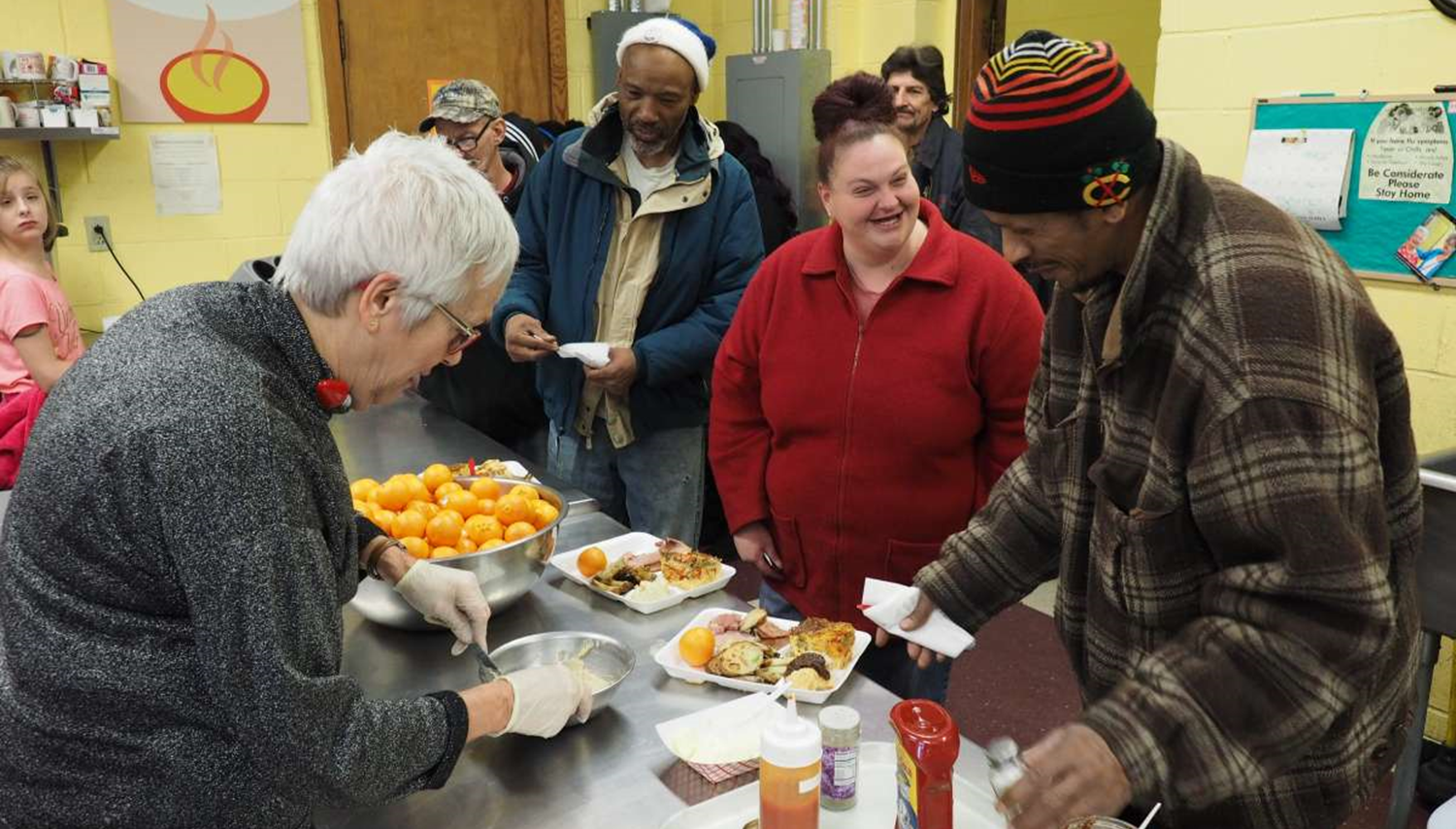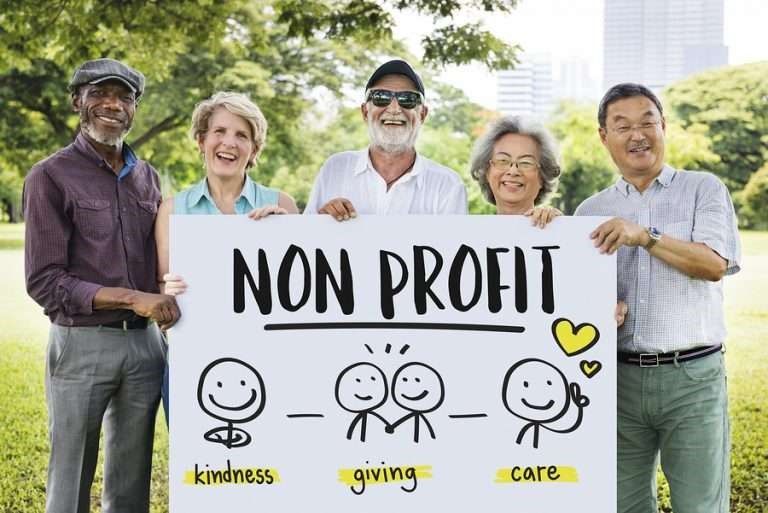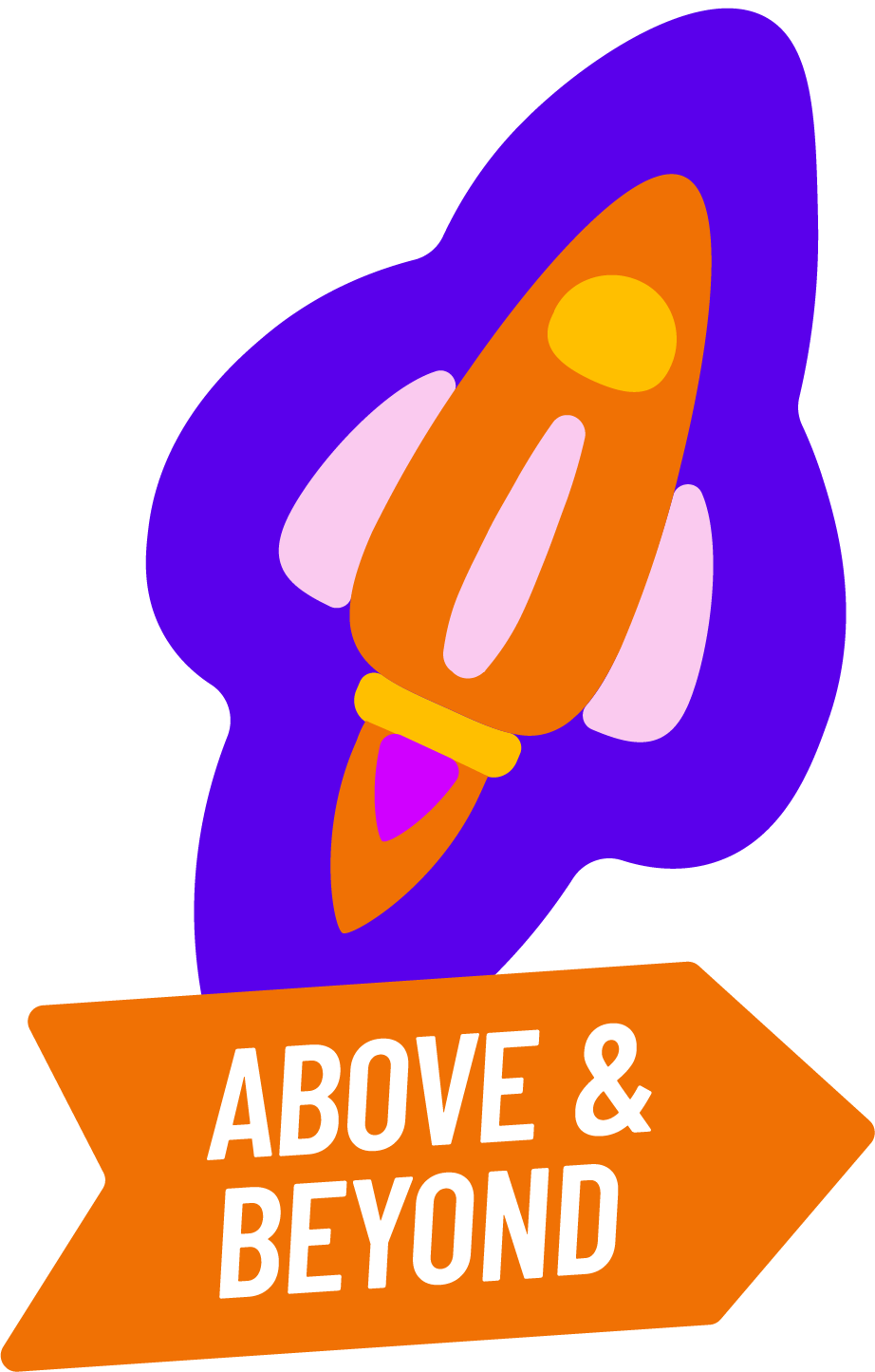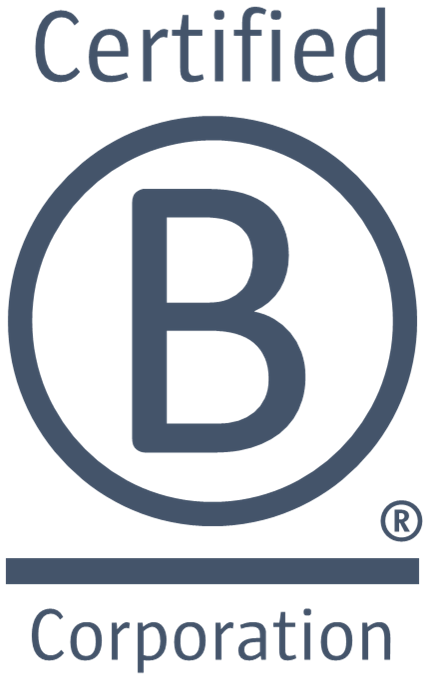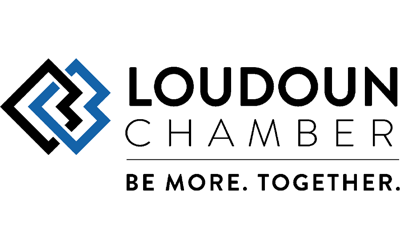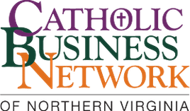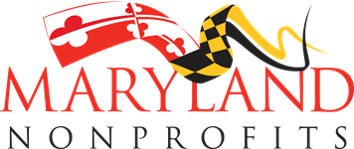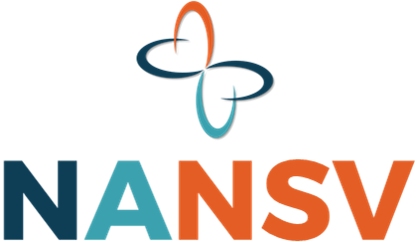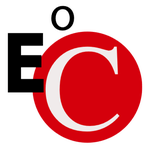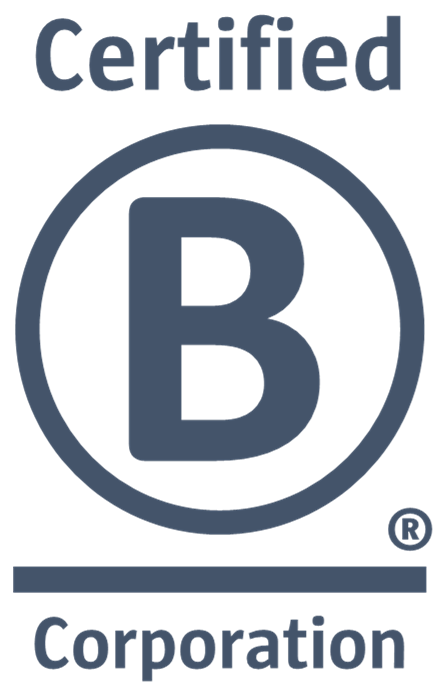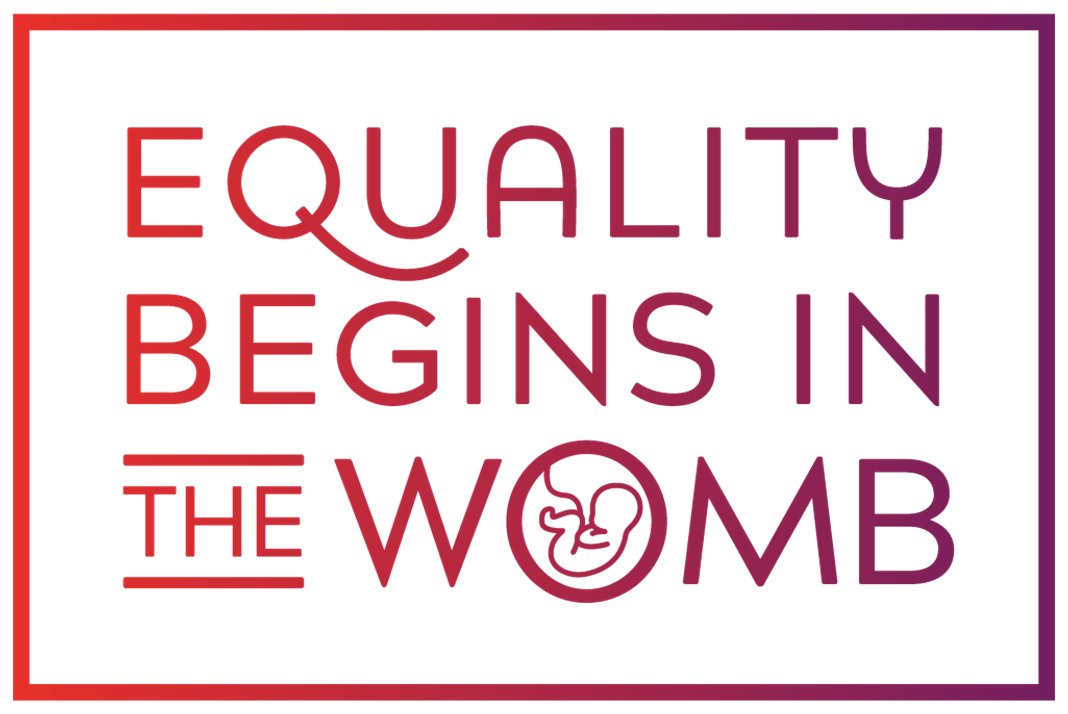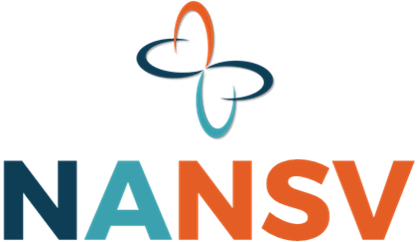CRM platforms also seamlessly integrate and synchronize with third-party applications non-profits often use such a QuickBooks, Gmail, Mailchimp, and DocuSign, as well as products they might not be currently using to take new approaches, engage "one-on-one," etc. In sum, the right CRM product for you will limit time and effort for marketing and management, and shift it to utilizing data to identify segments, creating personal experiences, and optimizing costs. This is amazing stuff—lower workload, fewer manual tasks, greater engagement, less guesses, and more focus on channel outreach, presentation, etc., and expanded options and better outcomes.
Investing in Donor Relationships, Realizing the Rewards
Relationship marketing is for everyone (get the tools to help)!

For non-profits, daily mission-centric and administrative support work is a big challenge! And, there are human resources issues to deal with, financial challenges to resolve, boards to effectively engage, and so on. Then there is the “high maintenance” joy of donor relationships. Maintaining and growing a solid donor base requires management, marketing, and engagement. There are donations to process, letters to write, web sites and social media accounts to maintain, campaigns to run, and events to plan and conduct. It's tough to effectively “do development” with everything else going on. It’s time-consuming, messy, and often inefficient. But, for sustainability and the ability to ultimately accomplish more, it’s absolutely critical.
As if “normal times” weren’t challenging enough, Covid-19 added new complexities. The pandemic forced mission-driven organizations to think creatively of new ways to serve their clients, keep their donors in the fold, and secure and even increase contributions, often in the face of greater need. The “silver lining” for many non-profit organizations has been new, more diverse supporters, and the need for new methods of interaction that can be taken forward to enrich development and reach, convert, and retain prior, existing, and new supporters. Opportunity is knocking at the door, but navigating the world of donors isn’t going to get easier. Fortunately, modern methods and tools—and the knowledge to use them—make it possible!
Interesting! What should we do to "meet the moment?"
The best thing you can do is take a relationship marketing approach, supported by an appropriate Customer Relationship Management (CRM) system that enables your strategy. This means forming lasting relationships by creating “donor experiences” customized to key prospect segments: learning who targets are, personifying them, and engaging them where they’re at with what they need to hear. How do you do this? Research, tailored strategies, efficient implementation, outcome measurement, and adjustment. If this sounds like a lot, we have some great news! Your CRM software will enable everything, empowering you to create great donor experiences and making them easy to implement and maintain.
CRM systems do a lot of things to help develop and manage donor relationships while lessening the burden of tactical marketing activities, ultimately increasing return on investment (ROI) from your efforts. For example, CRM software can:
- Integrate with your website, landing pages, point-of-sale (POS) tools, and other intake sources, and make capturing, logging, and tracking information easier.
- Automate pre- and post-conversion communications, responding to inquiries and donations with personalized prompts and acknowledgements so you don’t have to.
- Record every interaction with prospects and contributors, direct workflow to staff and volunteers, and send customized messages on a schedule you determine.
- Connect with most non-profits’ accounting software, reducing administrative work and doing “annoying” things like issuing tax code-compliant donation receipts.
- Store data and generate analytics with key information for learning about donors and customizing outreach to reach, resonate, and influence behaviors.
Great, but there's always a cost, so do we really need to do this?
Today’s donors expect personalized, customer-centric “experiences,” end-to-end. Don’t give them the information they want, when and where they’ll absorb it, and you won't capture their attention. If it isn’t easy for them to donate, you won’t convert them. And if you don’t produce the outcomes they want—whether those are materials, stories, reports, or tax receipts—you’re not going to retain them. It takes data-driven strategy, continuous engagement, administrative management, and more to do it right.
Meeting these expectations looks like it takes a lot of time, effort, and even expertise many non-profits don't have on-hand. True... but what you're doing now is likely more of a burden, and less effective. A change in mindset is a tremendous opportunity for more.
You may be using “traditional” methods and simple technology—a spreadsheet, a free-but-limited donor software, or outdates automation tools that don’t do much else. If you're more "advanced," you're probably following all the “trends,” as well. That's not cost-effective... you're not optimizing value from your time and money. Results are "spotty," and you're always. This hasn't been good for a while, and it's even less so in a modern, highly competitive world of new alternatives, preferences, influencers.
Relationship marketing with a focus on the donor experience—isn’t just an interesting idea. It's critical, and it works wonders. A good CRM system enables this approach and pays for itself. Still not convinced? Let’s take a closer look at what all of this does.
1. Strengthens and re-builds donor loyalty.
Without a strong, diverse donor base, non-profits can’t stay afloat. You need be both responsive and proactive, engaging supporters and treasuring your relationships so you're able to maintain and grow them over time.
A 2021 study from the Fundraising Effectiveness Project (linked through Texas A&M) showed Americans opened their wallets as the pandemic took hold. Donations increased by 10.6%, with the biggest boost from new donors giving more small-dollar gifts. All of this happened while retention of existing donors actually decreased by 4.1%! What this means is new people were giving more, to organizations they'd never supported before.
It is absolutely essential non-profits engage and nurture these new supporters for the long term, conveying personally engaging, compelling stories about they’ve done with their donations (using money responsibly and generating incredible results for people who needed assistance during crisis, help with chronic needs, opportunities to grow, etc.) and telling them about the amazing things they have planned for the future.
At the same time, organizations may be able to recover donors who couldn't give during Covid, reaching out them with individualized communications to let them know they're important to you and the people who rely on you (hopefully, you were doing this before... if not, there's no time like the present). In essence, your efforts need to focus on building and maintaining loyalty - keeping the "new" and recouping the "old."
However, managing these relationships manually or with ancient software is a huge task with many steps and people involved. When simple things like “thank you” notes are already overlooked now, it's hard to imagine providing engaging today’s donors adequately. Enter CRM technology... everything's easier, from acknowledging gifts to sending the right messages to supporters where they are, at the right times.
2. Builds personal, lasting relationships.
Relationship marketing is all about learning. Who are your key segments? What do they want? Where do they go for information? How do they want to give? They also want to feel valued, to be seen not just as checkbooks but as real people helping your cause.
This depends on research. Fortunately, there's a ton of data out there, and it can tell you a ton about your donors. Demographic, economic, behavioral, and psychographic details help you identify and profile key segments, discover how best to approach them, and learn what to say. In simpler terms, data lets you get to know your donors “one-on-one,” tailoring interactions to keep relationships alive and expanding from there.
But how do you acquire and use data? Well, you should survey your current donors, but you should also follow interactions with you and explore what's working and what isn't. Modern CRM systems have the potential to collect huge amounts of current, relevant, and comprehensive data (in real-time and historical trends) in one place and bring it to life through analytics, so you can "paint the picture" and respond strategically.
This is so much harder when you’re pulling from multiple, disconnected sources like e-mail automation tools, social media, payment processors, and web sites. In addition to the likely errors and significant data gaps (i.e., missing details), analyzing what you are able to access requires third-party applications that typically lack the functionality today's CRM products have on board. The effort often exceeds the utility.
An integrated CRM platform consolidates data and presents it in ways you can truly use to understand and engage effectively with donors and prospectives. These capabilities, when used effectively, will generate a significant return on investment (ROI) that can be returned to mission programs and critical support resources. The emergence of artificial intelligence (AI) will make data easier to use and more valuable, as well.
3. Increases productivity and efficiency.
As noted above, relationship marketing requires organizing information on prospects and donors, assigning tasks, customizing communications, tracking interactions, using data, etc. Personal relationships deserve a significant level of attention, time, and effort!
You've probably experienced this with your current development practices—with manual processes, simplistic tools, and/or outdated software, key donor outreach and engagement tasks tend to “slip through the cracks,” and you might not even realize it until your prospects and donors have taken the "off ramp." Inconsistent or non-existent communications make the donor experience poor, and people don't feel valued.
Don't be put off by this... it's already happening anyway, and modern CRM software can solve this problem! With critical features such as third-party software integration, automation of key tasks, data capture, analytics tools, etc., everything you'll need is essentially in one place, the burdens of implementing and refining customized segment strategies are far more manageable, and the outcomes from engagement much better.
In addition, a modern CRM system makes it’s easier to establish an efficient, effective workflow, enabling task assignment, coordination, routing, and collaboration among staff and volunteers responsible for different aspects of donor marketing. You’ll also have a better way to track resources and ensure critical engagement activities get completed on time, as well as to monitor both the costs and returns of your efforts.
That today's CRM software allows you to focus less on tactics (day-to-day, often menial tasks) and management also means you’ll have more time to work with your data and tweak segment-specific donor experiences. Paying less attention to the tactical details allows you to better use the power of CRM technology's analytics capabilities to ensure on-going engagement is effectively targeted, identify new segments, etc.
4. Enables a "workplaceless" environment.
As intimated above, any type of marketing has a lot of moving parts that often involve different people (e.g., executives, managers, staff, and volunteers). Covid-19 made this quite a challenge, as it necessitated a transition to virtual workplaces.
In some non-profits, a "reverse transition" hasn't followed, except for mission delivery, "front line" managers and personnel. Even in an office, manual workflows, locally stored records, disconnected software, etc. make it hard to plan, coordinate, and manage donor marketing activities. Without visibility into what needs to happen, what's getting done, and what comes next, these things are nearly impossible in a virtual environment.
As relationship-driven approaches replace traditional non-profit donor development methods, data is also more important. Leaders in key parts of the organization require accessible performance information, albeit of different types and at different times, to track the cost-effectiveness and outcomes of marketing strategies. Given donor funding and the decisions that affect it are critical to non-profits, these reports can't wait.
This all means "headquartering" marketing in the ubiquitous "cloud" is non-negotiable, automation is essential, and real-time access to different tools, reports, etc. is critical. What's needed to enable this? Yes, CRM platforms! The good ones offer what's needed to make relationship marketing successful in a remote workplace with many users, from "push" workflow to on-demand insights needed for management and decision-making.
With all that relationship marketing is and all its benefits, modern technology matters. Creating simple, customized, rewarding donor experiences—and ensuring you're consistently delivering them—requires everything good CRM platforms offer, especially when people aren't on-site. It even has side benefits for recruiting and engagement, as non-profits can offer immersive "work-at-home" arrangements more readily.
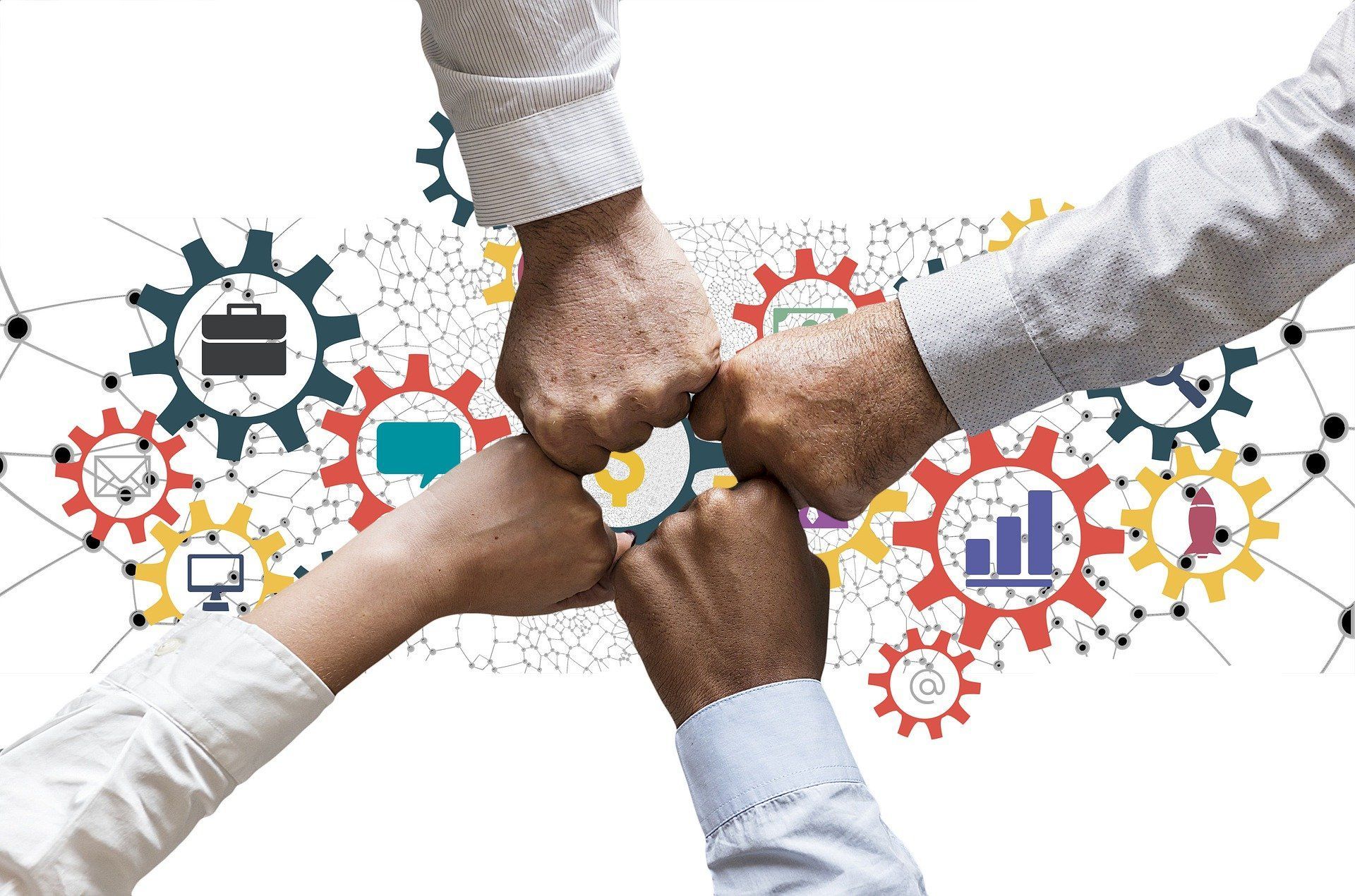
We're a pretty little non-profit. Are we too small for all of this?
Smaller non-profits often balk at the complexity of relationship marketing and the cost of a good CRM platform to enable it, as well as the challenges of software integration and implementation and their ability to use the tool to realize donor potential.
However, the shift and the investments will almost always be worth it, whether you're small or large. Relationship marketing doesn't depend on how many donors you have now, but how much you want to grow and expand your base. The capabilities of CRM tools make it possible in ways ranging from "creating time," reducing the possibility of "missed tasks," and promoting consistency to identifying and effectively converting and retaining donor segment. You simply can't give donors what they want the "old way."
Modern marketing is all about the experiences and the returns.
If you're a non-profit that relies on donations (and with few exceptions, you are), the most important takeaways to take away from this post are the following:
- You can grow your current donor pool, increase contributions, and expand into new segments. You just need to get to know and relate to them personally, which means shifting from traditional approaches to experience-driven, relationship marketing.
- Donor experiences that deliver require viewing donors as people with personal preferences, influencers, etc. Data lets you identify key segments, learn all about them, and affect the nature, quality, and productivity of their interactions with you.
- To engage in relationship marketing and realize the benefits it can offer, you need to invest in modern CRM platform. There are many on the market that will give you the capabilities you need without overwhelming you, and you can afford them.
- With the right support, the right CRM system can be implemented in such a way that you’ll know what they can do and how to use them to their greatest extent, regardless of the complexity of your donor base, marketing activities, etc.
- Let's go back to affordability. No matter your size, the ROI (on average, almost $9 per dollar spent) is what's important. There are CRM systems that scale to your unique needs and, used for relationship marketing, they will pay for themselves.
We're on board. What CRM system should we buy for this?
Come back next week and read the second post in this series, Enabling Relationship Marketing with the Right Tools: What You Need from CRM Technology. We’ll give you key questions to answer to identify the features and services that will empower donor marketing based on your size, approach, plans, and budget.
We'd like to say thank you to Tasha Van Vlack of Yeeboo Digital and her colleagues at for their insights contributing to this article!
Read Other Posts

